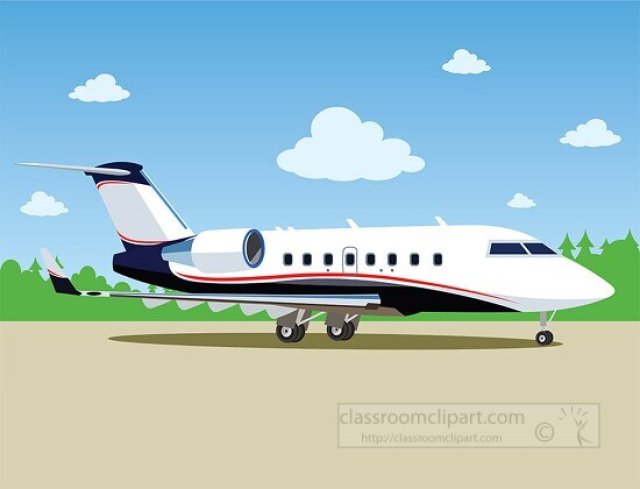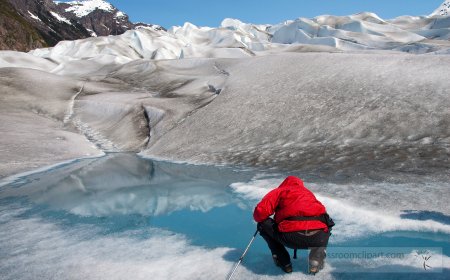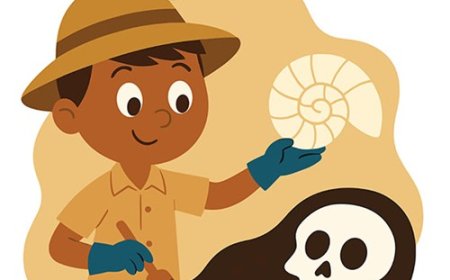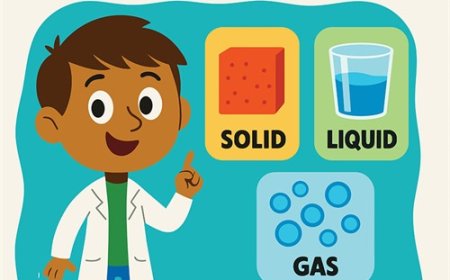Types of Aircraft for Kids: Airplanes, Helicopters, Drones, and More
Explore this kid-friendly guide to aircraft! Learn about airplanes, helicopters, gliders, drones, and more, including how aircraft fly and why they matter.

✈️🛫 Types of Aircraft: How Humans Take to the Skies
🌼 Introduction
From paper planes to giant passenger jets, aircraft have changed how people travel, explore, and connect with each other. An aircraft is any machine that can fly through the air. There are many types, each designed for a special purpose—carrying people, transporting cargo, fighting fires, or exploring space.
In this guide, you’ll learn about the main types of aircraft, how they work, and why they are important in our world today.
🛩️ What Is an Aircraft?
An aircraft is a vehicle that can move through the air by using wings, rotors, or engines. Some fly by lifting themselves with air flowing over their wings, while others use spinning blades to rise vertically. Aircraft have different shapes and sizes, but all must follow the same basic rules of flight—lift, weight, thrust, and drag.
✈️ Main Types of Aircraft
Aircraft can be grouped into several main types. Here are some of the most common:
1. Airplanes (Fixed-Wing Aircraft):
- Have rigid wings that do not move.
- Use engines and propellers or jet engines for thrust.
- Most common type of aircraft for passenger and cargo transport.
Examples:
- Commercial jets like the Boeing 747.
- Small private planes like the Cessna 172.
2. Helicopters (Rotary-Wing Aircraft):
- Have large spinning blades (rotors) that lift them into the air.
- Can hover in place, fly forward, backward, or sideways.
- Used for rescue missions, news reporting, and medical transport.
Examples:
- Apache attack helicopters.
- Air ambulances.
3. Gliders:
- Have no engines.
- Soar on currents of rising air called thermals.
- Used for recreation and training.
Examples:
- Sailplanes flown by hobbyists.
4. Drones (Unmanned Aerial Vehicles - UAVs):
- Controlled by remote or programmed computers.
- Used for photography, deliveries, research, and military missions.
Examples:
- Quadcopters flown for fun or filming.
- Military reconnaissance drones.
5. Balloons and Airships (Lighter-Than-Air Aircraft):
- Use heated air or gas (like helium) to float.
- Balloons go where the wind blows.
- Airships can steer with engines and rudders.
Examples:
- Hot air balloons.
- Goodyear blimp.
6. Spacecraft:
- Technically not “aircraft,” but often included because they travel through Earth’s atmosphere into space.
- Rockets and shuttles launch astronauts and satellites.
Examples:
- Space Shuttle.
- Falcon 9 rocket.
⚙️ How Do Aircraft Fly?
All aircraft rely on four main forces:
- Lift: The force that pushes the aircraft up, created by the shape of the wings.
- Weight: The force of gravity pulling it down.
- Thrust: The power that moves it forward.
- Drag: The resistance that slows it down.
Pilots use controls to adjust these forces so the aircraft can climb, descend, or turn.
🌍 Why Are Aircraft Important?
Aircraft have transformed modern life in many ways:
- Transportation: Fast travel across countries and continents.
- Emergency Services: Delivering supplies and rescuing people in disasters.
- Communication: Carrying mail, equipment, and technology.
- Exploration: Studying the weather and space.
- Defense: Protecting countries and supporting humanitarian missions.
Aircraft make our world smaller and more connected.
🚀 Types of Aircraft by Category
Commercial Aircraft
- Passenger Airliners: Boeing 747, Airbus A320
- Cargo Planes: Boeing 777 Freighter, Antonov An-124
- Regional Jets: Embraer E190, Bombardier CRJ700
Military Aircraft
- Fighter Jets: F-16 Fighting Falcon, Sukhoi Su-35
- Bombers: B-2 Spirit, Tu-95 Bear
- Transport Aircraft: C-130 Hercules, Airbus A400M
- Reconnaissance Aircraft: Lockheed U-2, Northrop Grumman RQ-4 Global Hawk
- Tankers: Boeing KC-135 Stratotanker, Airbus A330 MRTT
Private and General Aviation
- Light Aircraft: Cessna 172, Piper PA-28
- Business Jets: Gulfstream G650, Bombardier Global 7500
Helicopters
- Civil Helicopters: Robinson R44, Bell 206
- Military Helicopters: AH-64 Apache, Sikorsky UH-60 Black Hawk
Specialized Aircraft
- Seaplanes: De Havilland Beaver, ICON A5
- Amphibious Aircraft: Grumman Albatross
- Tiltrotors: Bell Boeing V-22 Osprey
Experimental and Concept Aircraft
- Electric Aircraft: Pipistrel Alpha Electro
- Supersonic Aircraft: Concorde, Boom Supersonic (in development)
Unmanned Aircraft (Drones)
- Surveillance Drones: DJI Phantom, Parrot Anafi
- Military Drones: MQ-9 Reaper, Bayraktar TB2
Historic Aircraft
- WWII Fighters: Supermarine Spitfire, P-51 Mustang
- WWII Bombers: B-17 Flying Fortress, Avro Lancaster
Others
- Gliders: Schleicher ASG 32, DG Flugzeugbau DG-1000
- Blimps and Airships: Goodyear Blimp, Zeppelin NT
- Ultralight Aircraft: Quicksilver MX, Aerolite 103
✨ Interesting Facts About Aircraft
- The Wright brothers flew the first powered airplane in 1903.
- The largest passenger plane is the Airbus A380, which can hold over 500 people.
- Some military jets can fly faster than Mach 2 (twice the speed of sound).
- The longest non-stop flight is nearly 20 hours.
- Drones are now used to deliver medicine and food to hard-to-reach places.
- Hot air balloons were the first human-carrying flight vehicles.
- Helicopters can land in places where airplanes cannot.
📝 Kid-Friendly Summary
Aircraft are machines that fly in the sky. They include airplanes, helicopters, gliders, drones, balloons, and even spacecraft. Each type has a special job—like carrying people, fighting fires, or exploring space. Aircraft are important because they help us travel, deliver supplies, and learn about our planet and beyond.
🧠 Vocabulary Words
| Word | Definition |
|---|---|
| Aircraft | Any machine that can fly through the air. |
| Lift | The force that makes an aircraft rise. |
| Thrust | The force that moves an aircraft forward. |
| Drag | The force that slows an aircraft down. |
| Glider | An aircraft without an engine that soars on air currents. |
| Rotor | The spinning blades of a helicopter. |
| Drone | An unmanned aircraft controlled remotely or by computer. |
| Airship | A powered lighter-than-air craft that can be steered. |
| Cockpit | The area where the pilot controls the aircraft. |
| Altitude | The height of an aircraft above the ground. |




















































